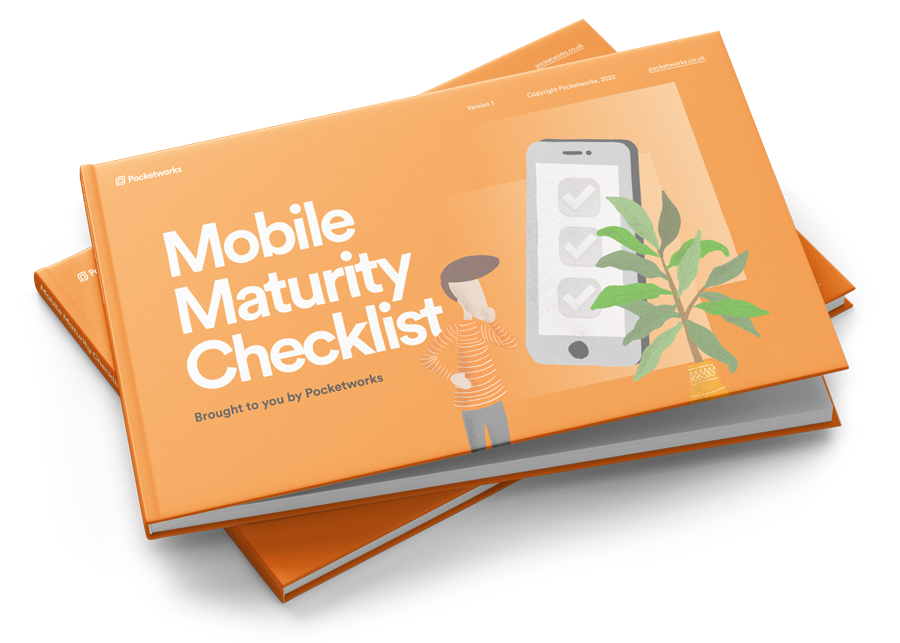Creating a product roadmap sounds like a simple task.
List out everything that needs to be built, prioritise the order in which you need them, set some timescales, and you’re on your way!
But in reality, it’s never that straightforward. If you’ve ever been involved in product development, you’ll know roadmaps can be a messy, moving target that requires constant balancing of priorities, expectations, and constraints.
So, why is it so difficult? This article looks at some of the key challenges of creating and managing a roadmap and seeks to give you some actionable strategies to navigate them.
Balancing client vs. customer expectations
One of the trickiest parts of roadmap planning is navigating the gap between what clients want and what actual users need. It’s easy for decision-makers to push for shiny new features that look good, but if they don’t solve a real user problem, they won’t drive adoption or revenue.
Top tips to solve this challenge:
- Bring different stakeholders into roadmap discussions to gather a rounded view of business and user needs. Perspectives will differ amongst teams (e.g. customer support vs UX vs investors) but will all bring valuable insights.
- Base decisions on user research and real data, not just assumptions.
- Keep business goals front and center - every roadmap decision should align with the company’s larger vision.
Short-term vs. long-term thinking
We all love quick wins. They make stakeholders happy, keep momentum going, and give teams a sense of progress. But focusing too much on the short term can create technical debt that slows everything down later.
What to watch out for:
- Legacy tech bottlenecks: Outdated systems can slow down future development.
- AI adoption hype: Implementing AI without a solid data foundation leads to more problems than solutions.
- UX debt from rapid growth: Inconsistencies in the user experience can quietly hurt retention over time.
How to find the right balance:
- Regularly review technical debt and bake improvements into the roadmap.
- Define measurable success criteria so short-term wins don’t come at the cost of long-term stability.
- Use frameworks like RICE (Reach, Impact, Confidence, Effort) to prioritise effectively.
Technical debt vs. feature development
This is a classic tension in product development: Should you fix underlying tech issues, or push forward with new features? Neglecting technical debt can slow development and create major issues down the road, but constantly refactoring without shipping new features isn’t great for business either.
Top tips to solve this challenge:
- Try and assess the time a new feature will take to design and implement vs. the value the new feature might bring. User research can be an invaluable tool here, to help you understand the appetite for features and real-world user needs.
- Treat bug fixing and ‘Quality of Life’ improvements (where you make small user experience updates) as an ongoing effort, not something to “fix later.”
- Recognise that invisible improvements (like refactoring) can have a big impact on user experience and future velocity.
A product vs. service mindset
A common challenge, especially in larger teams, is losing sight of why you’re building something. Features can end up becoming tasks on a to-do list, rather than solutions to real user problems. Roadmaps should focus on delivering value, not just shipping features.
Tips to avoid this trap:
- Shift conversations from “What feature should we build next?” to “What problem should we focus on next?”
- Make sure project goals reflect the wider company vision and strategy. Having overarching goals will help you to focus on the features that are likely to have the biggest impact.
- Take time to zoom out and reflect on how (and where) your product fits into the company’s ecosystem.


